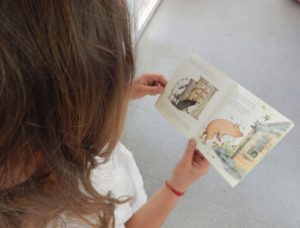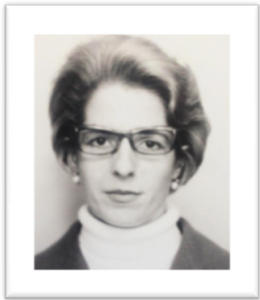
Se llama Amparo Navarro Bueno, nació el 9 de enero de 1933 en su casa de Burjassot. Es la mediana de tres hermanos. Fue una hija no deseada, durante el embarazo su madre hizo todo lo posible para provocarse un aborto.
Cuando tenía 3 años, estalló la Guerra Civil y al caer las bombas, ella y su hermano mayor corrían a esconderse debajo de la cama porque pensaban que allí no les alcanzarían.
 A los 8 años tomó la comunión, que fue cuando mi bisabuelo Pepe se enamoró de ella porque la vio vestida como si fuera una novia y se imaginó la boda.
A los 8 años tomó la comunión, que fue cuando mi bisabuelo Pepe se enamoró de ella porque la vio vestida como si fuera una novia y se imaginó la boda.
Con 9 años tuvo que dejar la escuela a la que acudía desde los 6 para cuidar de su hermano pequeño Pepico, porque ella era la chica y tenía menos derecho de ir a la escuela que los chicos.
A los 17 años tuvo dos pretendientes, mi bisabuelo Pepe y otro chico, los dos le parecían muy guapos pero se decidió por Pepe por su bonito pelo, lleno de rizos. El otro pretendiente despechado se fue
a París y no volvió.
Se casó con 24 años y esperó casi un año para quedarse embarazada para que nadie pensara que se había casado en estado, porque además, al no tener dinero fue una boda prácticamente sin invitados. Su madre pagó la iglesia y el vestido.
Su hija Marian nació el 25 de septiembre de 1958 en casa. Los siguientes años se dedicó a cuidarla y a hacer pequeños arreglos de costura. Su marido Pepe se ganaba la vida trabajando como ebanista.
En 1963, se fueron a París a trabajar ya que las condiciones económicas de España no eran buenas. Allí, se hospedaron en el ático donde vivía su madre que años atrás había emigrado para trabajar como empleada del hogar en el seno de una familia muy adinerada. La madre cogía bistecs a escondidas para Mariam, su nieta, ya que estaba en proceso de crecimiento y era un producto muy caro.
El tiempo que estuvieron en Francia escolarizaron a Mariam mientras ellos trabajaban. Amparo había conseguido un trabajo como costurera y su jefe le ofreció ser la encargada porque lo que ella cosía en media hora las demás lo hacía en 2 horas. Tuvo que rechazarlo porque su marido quiso volver a España.
De vuelta a su país se dedicó a cuidar de su hija y su marido, quien tenía que darle permiso para abrirse una cuenta en el banco o sacarse el carnet de conducir. Este último permiso nunca se lo concedió.
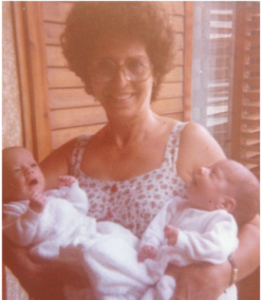
Los años siguientes su madre volvió y estuvo ayudándola en lo que necesitaba. Su hija con 22 años se casó y tuvo gemelas: Aina y Alenar, a las cuales ayudó a cuidar: las llevaba y recogía de la parada del autobús de la escuela, les hacía la cena e incluso tenía una habitación para ellas ya que pasaban muchas noches allí debido al trabajo de sus padres.
Todos los veranos se las llevaba al chalet que construyeron en el término municipal de Bétera al nacer ellas.
Su madre al ir haciéndose mayor se compró una casa encima de la suya para poder estar más cerca y tener su ayuda. Tuvo un cáncer y murió a los 90 años.
Cuando sus nietas se hicieron mayores, dejó de cuidarlas y se dedicó con su marido, a salir con sus amigos los fines de semana y comer paella o jugar a las cartas. Pepe enfermó de alzheimer con 69 años y estuvo 10 años con la enfermedad que le dejó en la cama sin poder moverse ni hablar.
Actualmente Amparo tiene 85 años. Vive sola y puede ocuparse de sus cosas. Se dedica a salir con algunas amigas y a pasar algunas tardes con sus nietas y bisnietas.
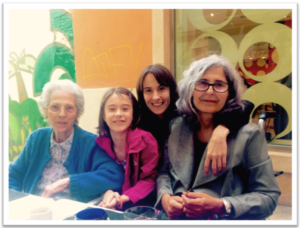
Aira R.
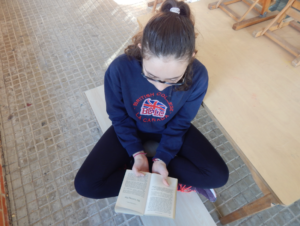
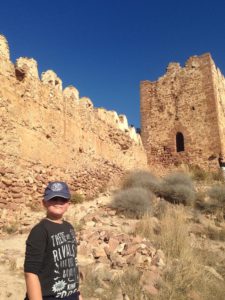
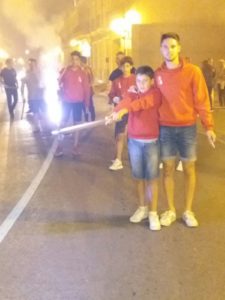
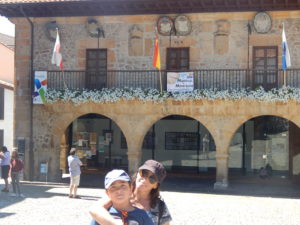
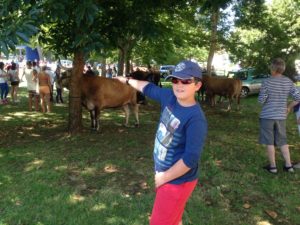
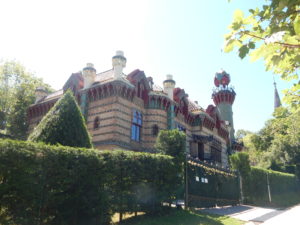
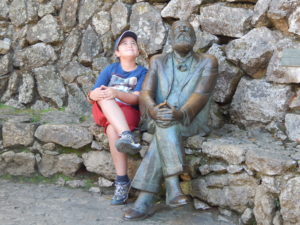
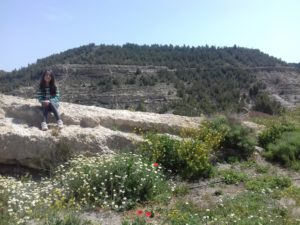
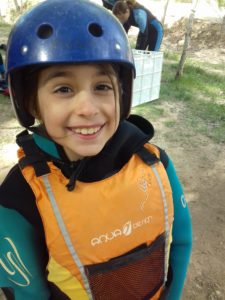
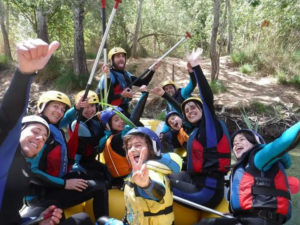
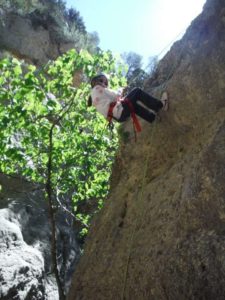
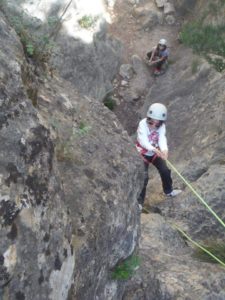

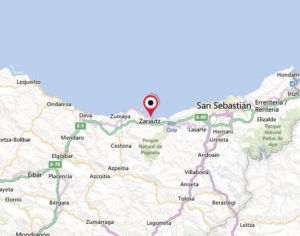 The Zarautz beach is located in the north of Spain, concretely in Gipuzkoa. This beach is very long and wide, is one of the best beaches to practice surf. The water was very cold, at 15 degrees.
The Zarautz beach is located in the north of Spain, concretely in Gipuzkoa. This beach is very long and wide, is one of the best beaches to practice surf. The water was very cold, at 15 degrees.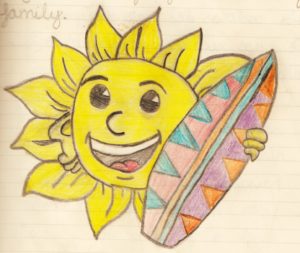
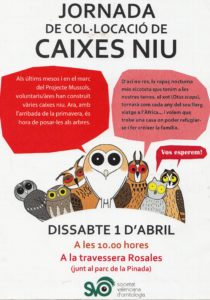 Una caja nido es una caja con un orificio y una trampilla, para que los pájaros (búhos) se refugien y puedan criar. Se realizan con maderas recicladas y se pintan con aceite de linaza para alargar su duración.
Una caja nido es una caja con un orificio y una trampilla, para que los pájaros (búhos) se refugien y puedan criar. Se realizan con maderas recicladas y se pintan con aceite de linaza para alargar su duración.
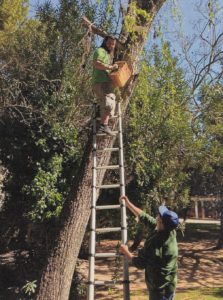
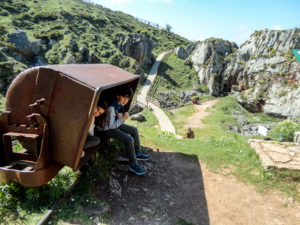 Fuimos a tres lagos muy bonitos desde donde se veía un gran paisaje con montañas nevadas durante todo el año. En Asturias el cielo suele estar cubierto y llueve mucho, nosotros hemos tenido mucha suerte y hemos disfrutado un día muy soleado.
Fuimos a tres lagos muy bonitos desde donde se veía un gran paisaje con montañas nevadas durante todo el año. En Asturias el cielo suele estar cubierto y llueve mucho, nosotros hemos tenido mucha suerte y hemos disfrutado un día muy soleado.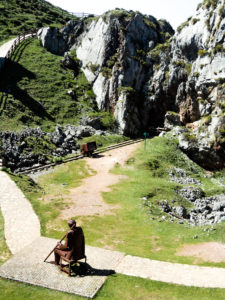
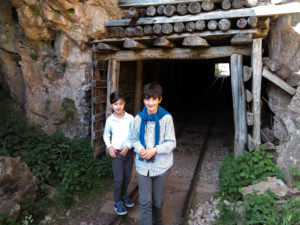
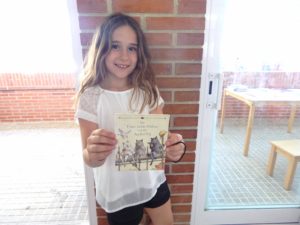 little wolves and the big bad pig that destroyed the houses of the three little wolves. The first house was made of bricks, but the big bad pig destroyed it witch sledgehammer. The second one was made of concrete but the big bad pig destroyed it with a pneumatic drill. The third one was built, with metal padlocks, but the big bad pig destroyed it with dynamite. The wolves decided to try something different. They built a house with flowers. The big bad pig, when it saw the house it liked it a lot. The wolves said yes and they lived very happy together.
little wolves and the big bad pig that destroyed the houses of the three little wolves. The first house was made of bricks, but the big bad pig destroyed it witch sledgehammer. The second one was made of concrete but the big bad pig destroyed it with a pneumatic drill. The third one was built, with metal padlocks, but the big bad pig destroyed it with dynamite. The wolves decided to try something different. They built a house with flowers. The big bad pig, when it saw the house it liked it a lot. The wolves said yes and they lived very happy together.